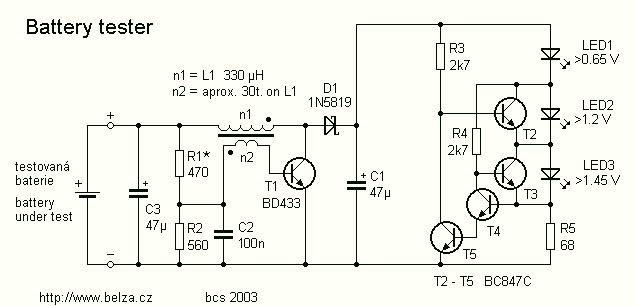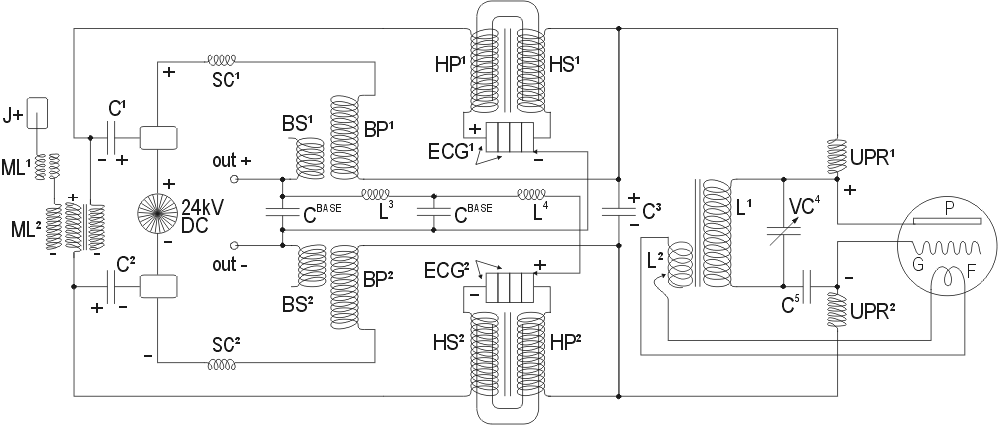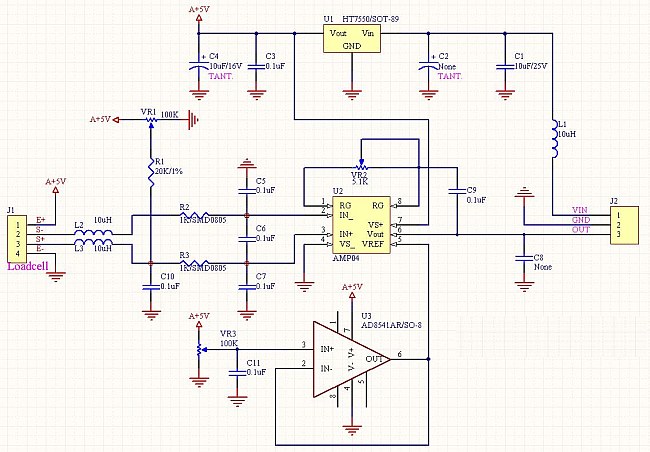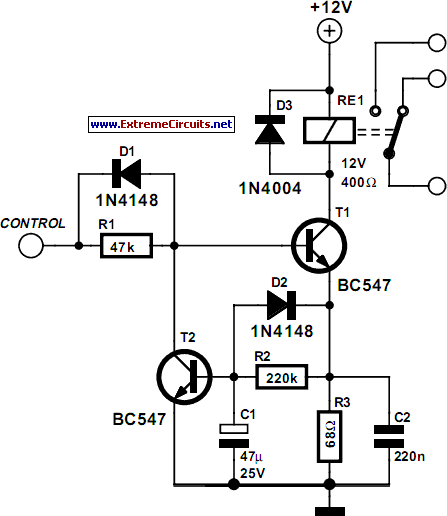
Future Energy hydroxy cell
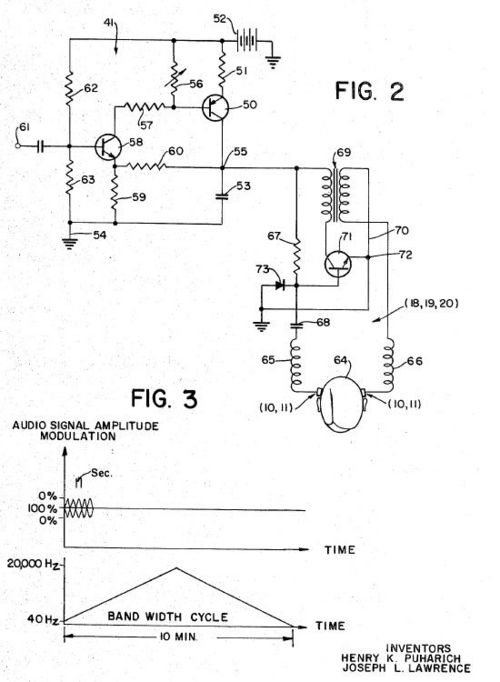
The TUBE is not a fork and does not resonate in that manner; it likely produces a longitudinal sound wave along the metal tube while being held.
The TUBE mentioned refers to a cylindrical structure that is capable of generating sound through the propagation of longitudinal waves. In this context, a longitudinal sound wave is characterized by oscillations that occur in the same direction as the wave's travel. This is distinct from transverse waves, where oscillations occur perpendicular to the direction of wave propagation.
In an electronic schematic that involves the TUBE, one can envision a circuit designed to amplify or modify the sound produced by the longitudinal waves. The circuit may include a microphone positioned at one end of the tube to capture the sound waves. This microphone would convert the acoustic energy into an electrical signal. Following this, an operational amplifier could be employed to boost the signal strength, ensuring it is suitable for further processing or output.
The circuit may also incorporate filters to enhance specific frequencies, thereby tailoring the sound quality. Additionally, a digital signal processor (DSP) could be integrated to apply effects, such as reverb or equalization, allowing for a more refined audio experience. The output could be directed to a speaker system or headphones for playback.
Furthermore, considerations regarding the materials used for the TUBE are essential. The choice of metal can significantly influence the acoustic properties, as different materials have varying densities and elastic moduli, which affect sound wave propagation. Proper insulation and mounting techniques are also crucial to minimize unwanted vibrations and ensure the fidelity of the sound produced.
In summary, the TUBE serves as a unique acoustic element that utilizes longitudinal sound waves, and when integrated into an electronic circuit, it can be enhanced and manipulated to create rich audio experiences.Originally Posted by grizli TUBE is not fork and does not resonate that way its probably longitudinal sound wave along tube metal .. and holding.. 🔗 External reference
The TUBE mentioned refers to a cylindrical structure that is capable of generating sound through the propagation of longitudinal waves. In this context, a longitudinal sound wave is characterized by oscillations that occur in the same direction as the wave's travel. This is distinct from transverse waves, where oscillations occur perpendicular to the direction of wave propagation.
In an electronic schematic that involves the TUBE, one can envision a circuit designed to amplify or modify the sound produced by the longitudinal waves. The circuit may include a microphone positioned at one end of the tube to capture the sound waves. This microphone would convert the acoustic energy into an electrical signal. Following this, an operational amplifier could be employed to boost the signal strength, ensuring it is suitable for further processing or output.
The circuit may also incorporate filters to enhance specific frequencies, thereby tailoring the sound quality. Additionally, a digital signal processor (DSP) could be integrated to apply effects, such as reverb or equalization, allowing for a more refined audio experience. The output could be directed to a speaker system or headphones for playback.
Furthermore, considerations regarding the materials used for the TUBE are essential. The choice of metal can significantly influence the acoustic properties, as different materials have varying densities and elastic moduli, which affect sound wave propagation. Proper insulation and mounting techniques are also crucial to minimize unwanted vibrations and ensure the fidelity of the sound produced.
In summary, the TUBE serves as a unique acoustic element that utilizes longitudinal sound waves, and when integrated into an electronic circuit, it can be enhanced and manipulated to create rich audio experiences.Originally Posted by grizli TUBE is not fork and does not resonate that way its probably longitudinal sound wave along tube metal .. and holding.. 🔗 External reference
